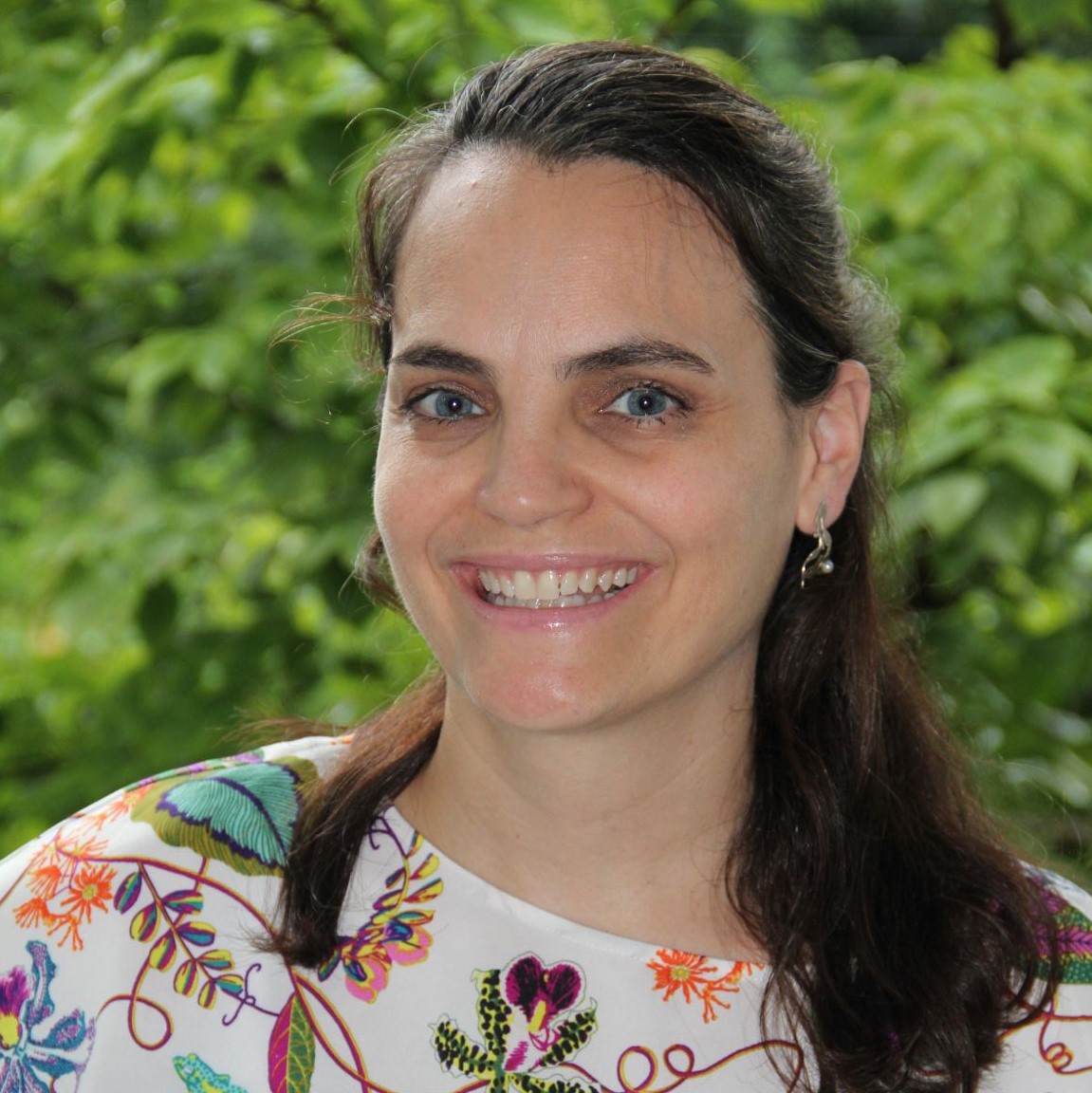

Education systems transformation is creating buzz among educators, policymakers, researchers, and families. For the first time, the U.N. secretary general convened the Transforming Education Summit around the subject in 2022. In tandem, UNESCO, UNESCO Institute for Statistics, UNICEF, the World Bank, and the Organization of Economic Cooperation and Development (OECD) co-authored “ From Learning Recovery to Education Transformation ” to lay a roadmap for how to move from COVID-19 school closures to systems change. Donor institutions like the Global Partnership for Education’s most recent strategy centers on systems transformation, and groups like the Global Campaign for Education are advocating for broader public engagement on transformative education.
Unless we anchor ourselves and define where we are coming from and where we want to go as societies and institutions, discussions on systems transformation will continue to be circuitous and contentious.
What is missing from the larger discussion on systems transformation is an intentional and candid dialogue on how societies and institutions are defining the purpose of education. When the topic is discussed, it often misses the mark or proposes an intervention that takes for granted that there is a shared purpose among policymakers, educators, families, students, and other actors. For example, the current global focus on foundational learning is not a purpose unto itself but rather a mechanism for serving a greater purpose — whether for economic development, national identity formation, and/or supporting improved well-being.
The purpose of education has sparked many conversations over the centuries. In 1930, Eleanor Roosevelt wrote in her essay in Pictorial Review , “What is the purpose of education? This question agitates scholars, teachers, statesmen, every group, in fact, of thoughtful men and women.” She argues that education is critical for building “good citizenship.” As Martin Luther King, Jr. urged in his 1947 essay, “ The Purpose of Education ,” education transmits “not only the accumulated knowledge of the race but also the accumulated experience of social living.” King urged us to see the purpose of education as a social and political struggle as much as a philosophical one.
In contemporary conversations, the purpose of education is often classified in terms of the individual and social benefits—such personal, cultural, economic, and social purposes or individual/social possibility and individual/social efficiency . However, when countries and communities define the purpose, it needs to be an intentional part of the transformation process. As laid out in the Center for Universal Education’s (CUE’s) policy brief “ Transforming Education Systems: Why, What, and How ,” defining and deconstructing assumptions is critical to building a “broadly shared vision and purpose” of education.
Underlying all the different purposes of education lies the foundational framing of education as a human right in the Sustainable Development Goals. People of all races, ethnicities, gender identities, abilities, languages, religions, socio-economic status, and national or social origins have the right to an education as affirmed in Article 26 of the 1948 Universal Declaration of Human Rights . This legal framework has fueled the education for all movement and civil rights movements around the world, alongside the Convention of the Rights of the Child of 1989 , which further protects children’s rights to a quality, safe, and equitable education. Defending people’s right to education regardless of how they will use their education helps keep us from losing sight of why we are having these conversations.
Themes in education from the Sustainable Development Goals cross multiple purposes. For example, lifelong learning and environmental education are two key areas that extend across purposes. Lifelong learning emphasizes that education extends across age groups, education levels, modalities, and geographies. In some contexts, lifelong learning can be professional growth for economic development, but it can also be practice for spiritual growth. Similarly, environmental education may be taught as sustainable development or the balance among economic, social, and environmental protections through well-being and flourishing — or taught through a perspective of culturally sustaining practices influenced by Indigenous philosophies in education.
The purposes of education overlap and intersect, but pulling them apart helps us interrogate the dominant ways of framing education in the larger ecosystem and to draw attention to those that receive less attention. Categories also help us move from very philosophical and academic conversations into practical discussions that educators, learners, and families can join. Although these five categories do not do justice to the complexity of the conversation, they are a start.
The way we define the purpose of education is heavily influenced by our experiences, as well as those of our families, communities, and societies. The underlying philosophies of education that are presented both influence our education systems and are influenced by our education systems. Unless we anchor ourselves and define where we are coming from and where we want to go as societies and institutions, discussions on systems transformation will continue to be circuitous and contentious. We will continue to focus on upgrading and changing standards, competencies, content, and practices without looking at why education matters. We will continue to fight over the place of climate change education, critical race theory, socio-emotional learning, and religious learning in our schools without understanding the ways each of these fits into the larger education ecosystem.
The intent of this blog is not to box education into finite purposes, but to remind us in the quest for systems transformation that there are multiple ways to see the purpose of education. Taking time to dig into the philosophies, histories, and complexities behind these purposes will help us ensure that we are headed toward transformation and not just adding to the buzz.